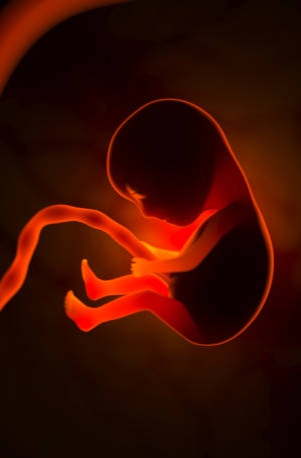Planes of Cleavage :
The process of cleavge is one of the earliest mechanical activity where conversion of single celled egg into a multicellular embryo.
This process of cleavage or cellulation happens through the repeatative mitotic division where increase in number of cell occurs called blastomere later it differentiate into different body cell.
No growth occurs; volume and size remain same. During cleavage different cleavage furrow may divide the egg from different planes. Few importants planes are as follows;

i) Meridional plane :
When cleavage furrow passes through the centre of animal – vegetal axis and bisects the both pole of the egg, then such planes of the cleavage called ‘Meridional Plane’ .
ii) Vertical plane :
The vertical plane of cleavage is a furrow which tends to pass in a direction from animal pole towards the vegetal pole, but like meridional plane it does not pass through the median axis of the egg but crosses to the one side of the axis.
iii) Equatorial plane :
The equatorial plane of cleavage bisects the egg at right angles to main axis and half way between the animal and vegetal poles.
iv) Latitudinal plane :
The latitudinal plane of cleavage is simmilar to equatorial but it crosses through cytoplasm on either side of the equatorial plane. It is also called transverse or horizontal plane. The plane of cleavage is determined by the position of the mitotic spindle of the dividing egg or blastomere, beacuse as a rule the plane of division remains always right angles to the long axis of the spindle.
Therefore the direction of the division plane in reference to the whole, cell is determined by those forces responsible for the mitotic spindle.
Pattern of cleavage :

Most of the animal eggs incorporate with an organising pattern and this pattern plays a important role in conditioning cleavage irrespective of the amount of yolk present.
The pattern of cleavage due to organisation of egg may be following types ;
i) Radial Cleavage :
The radial cleavage occurs when the successive cleavage planes cut straight through the egg at right angles to one another and resultant blastomere become symmetrically disposed around the polar axis.
The views from either pole shows the blastomere are found to be arranged in radially symmetrical form.
e.g. All animals having holoblastic cleavage such as Synapta.
ii) Biradial Cleavage :
Biradial cleavage pattern arise when the first three division planes do not stand at right angles to each other.
e.g. Ctenophora
iii) Spiral Cleavage :
The spiral cleavage is found in those forms in which there is a rotational movement of cell parts around the egg axis which leads to a symmetrical disposed radii.
iv) Bilateral Cleavage :
In bilateral cleavage the mitotic spindles and cleavage planes remains bilaterally arranged with reference to a plane of symmetry which coincides with the median plane of the embryo.
e.g. Amphibians, Mammals etc.
